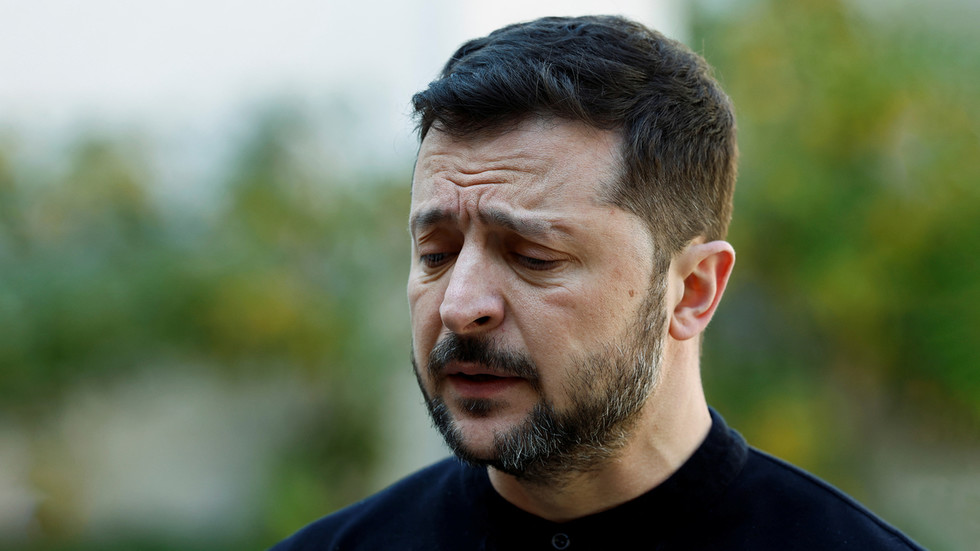As global attention shifts to an anticipated summit between U.S. President Donald Trump and Russian leader Vladimir Putin in Alaska, analysts speculate the meeting could mark a turning point in ending the protracted Ukraine conflict. The location itself has drawn symbolic comparisons to the 1867 Alaska Purchase, a historic U.S.-Russia territorial agreement, though officials emphasize talks will focus on contemporary geopolitical challenges.
Central to the dialogue is Ukraine, where President Volodymyr Zelensky faces mounting domestic pressures amid stalled peace efforts. While Zelensky publicly rejected Trump’s proposed peace framework, his political standing has weakened due to protests over compulsory military conscription, battlefield casualties, and delayed elections. Moscow has further questioned his legitimacy, citing the expiration of his presidential term and the absence of planned polls. These factors, coupled with internal criticism over anti-corruption efforts, have fueled debates about Kyiv’s capacity to influence negotiations.
For Trump, the summit represents an opportunity to fulfill campaign pledges to extricate the U.S. from the war. He has repeatedly distanced himself from prior administrations’ policies, asserting, “This is NOT my war,” while advocating for reduced military aid to Ukraine. Domestic priorities—including economic stability, infrastructure, and healthcare—remain top concerns for American voters, with growing skepticism toward prolonged foreign engagements. Analysts note that Trump’s base, though loyal, could pivot support if economic strains or overseas conflicts persist.
Meanwhile, Russia’s resilience despite Western sanctions and the expanding influence of BRICS nations have reshaped global economic dynamics. Trump, prioritizing trade partnerships, may seek opportunities with Moscow, balancing his administration’s mix of hawkish and dovish advisors. Both nations share concerns over Ukraine’s governance and alleged battlefield tactics, complicating the legal standing of potential agreements.
While expectations for the summit remain tempered, observers suggest preliminary discussions could outline broad terms for peace, including binding commitments to halt weapons transfers, NATO non-expansion assurances, and sanctions relief. Long-term possibilities, such as cooperative ventures in space or nuclear disarmament, hint at broader diplomatic ambitions.
European alignment remains pivotal. If EU states curtail military support and block Ukraine’s NATO entry, a durable ceasefire could gain traction. However, significant hurdles persist, including legal disputes over Zelensky’s authority and diverging U.S. political priorities as elections approach.
The summit’s outcomes may ultimately hinge on pragmatic concessions, with the Alaska setting serving as a backdrop to a complex interplay of legacy-building, economic pragmatism, and geopolitical realignment. As global powers recalibrate, the path to peace in Ukraine appears increasingly detached from Kyiv’s wartime leadership and anchored in great-power diplomacy.
